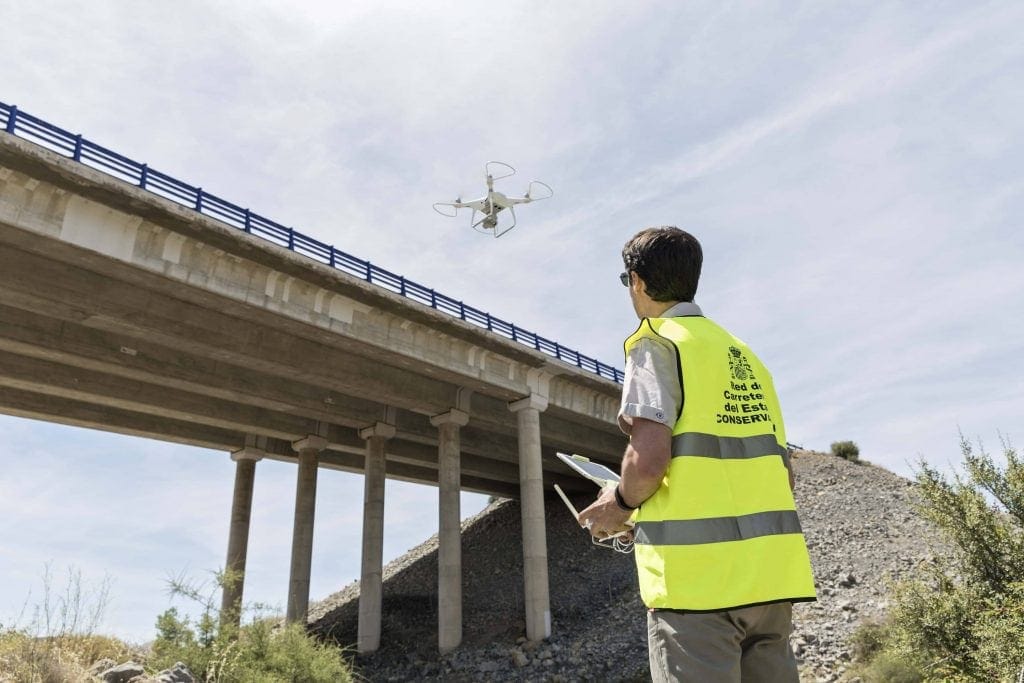Each project and asset is legally independent and has its own managers.
Drones
A drone is an unmanned aerial vehicle which can be remotely controlled.

The development of unmanned vehicles started in the military sector, where the use of drones has avoided loss of pilot lives in aerial combat and attack maneuvers. In time, the fact that a flying vehicle can operate without the need to carry people has been found to provide other advantages which are beneficial in a civilian context and for business settings.
As a result, different types of drones have been developed:
- Fixed-wing drones: these have fixed wings, meaning that a landing strip is necessary for take-off and landing. However, in some cases a launcher may be used. Fixed-wing drones can usually fly long distances and at high speeds.
- Rotor drones: commonly called vertical take-off drones. These have the advantage that they are able to hover, and are also highly maneuverable–two characteristics that are highly useful in civilian applications. This type of drone is available in different configurations: with a single main rotor and another on the tail (much like a conventional helicopter), coaxial rotors, tandem rotors, multi rotors, etc.
- Hybrid drones: these drones combine characteristics of the fixed-wing and rotor drones. These drones are not very common, given the difficulty in controlling two combined flight systems.
All of these drones can be controlled remotely, either manually or, in some cases, they can be programmed to follow a specific flight plan, thereby increasing possibilities for use.
Our Digital Hub supports initiatives of this type, driving the use of drones in some of our activities, particularly those where the condition of certain assets must be monitored,where regular inspection of difficult-to-reach areas is required, or where access would imply risks for workers.
Our Digital Hub has specialist staff who have pilot licenses for operating drones outdoors and its own equipment (drones with high resolution cameras to take photographs during flight).
The use of drones in indoor settings, with sensors allowing them to provide other types of measurements, is another area which the Digital Hub seeks to leverage. Using drones indoors is less complicated, as pilot licenses are not required.
Blog article about drones flyng over infrastructures
Blog article about how drones technology is reaching new heights in the world of asset management
